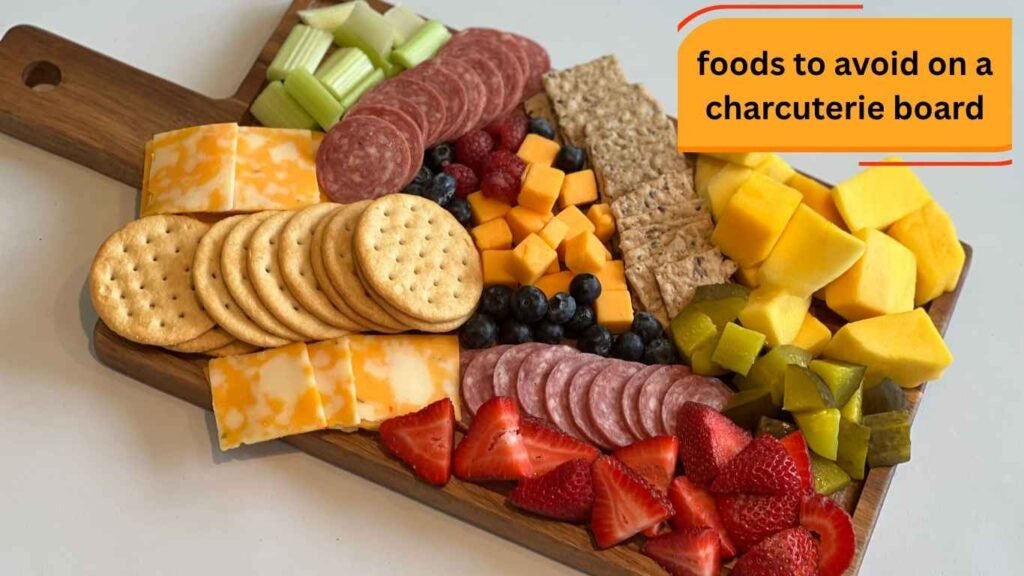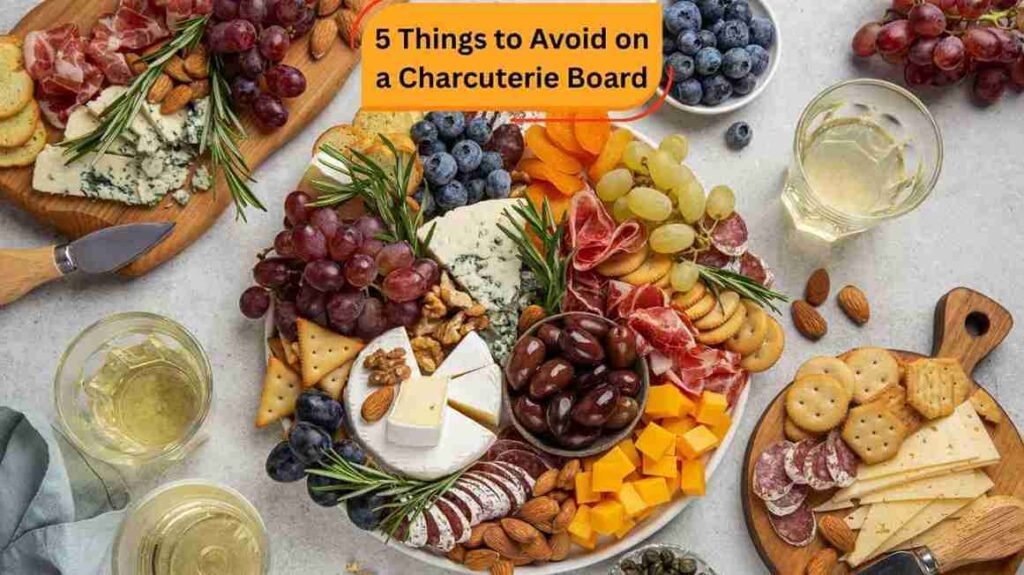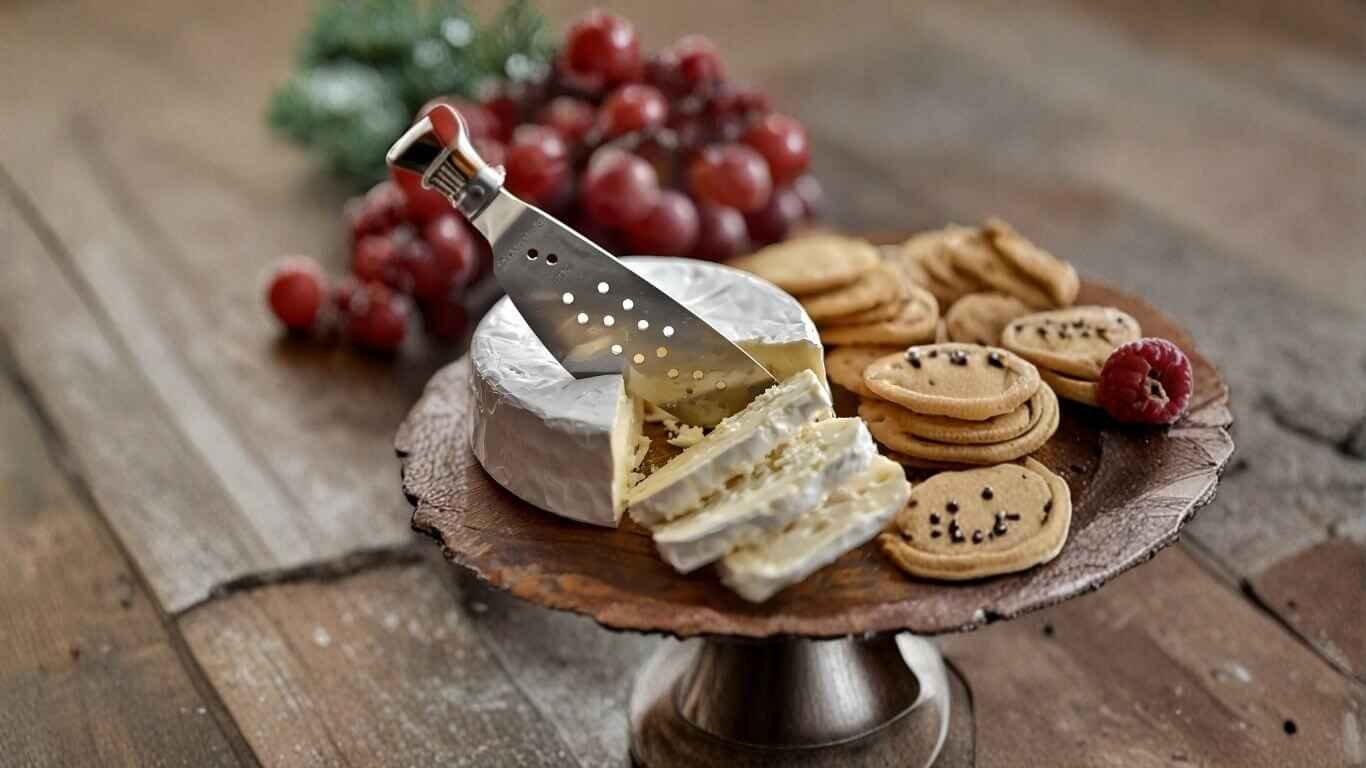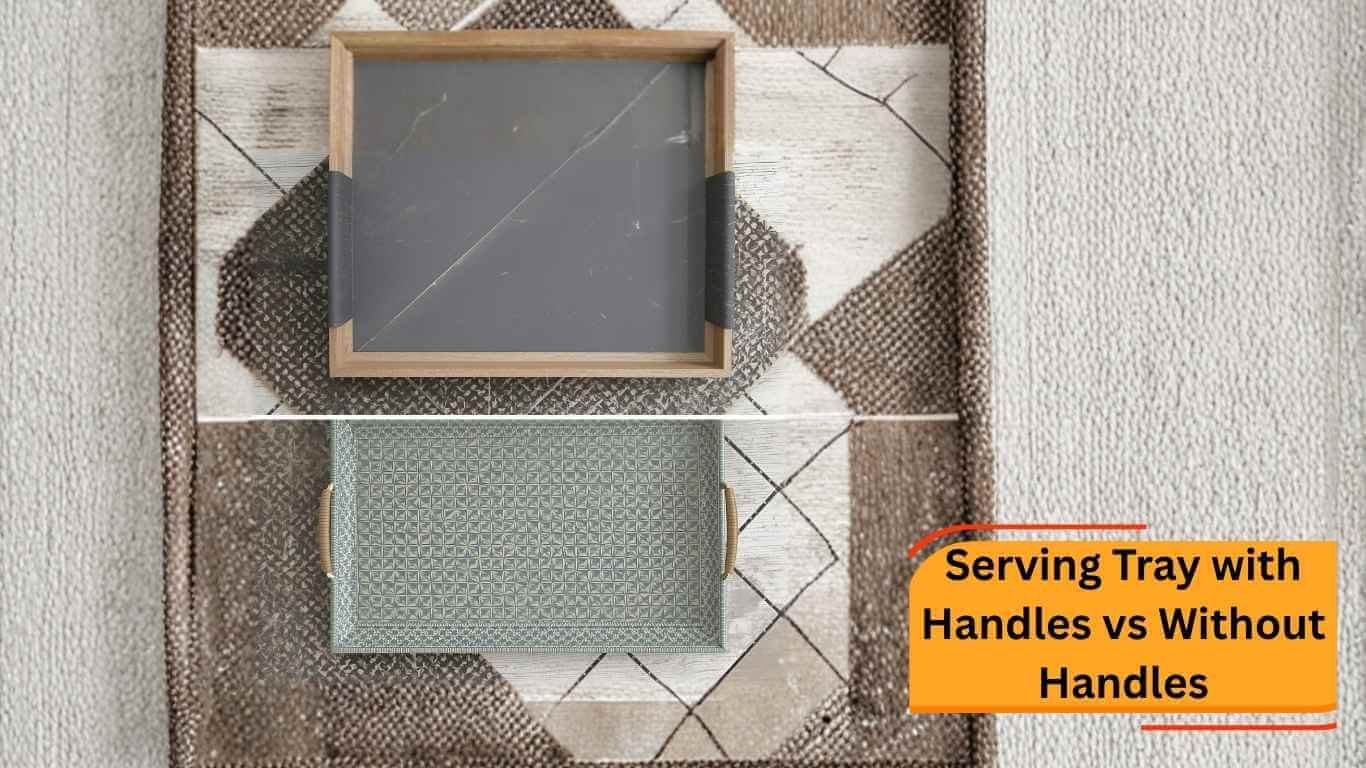A beautifully crafted charcuterie board is more than just an appetizer; it’s the heart of a social gathering, an opportunity for guests to connect and share. In essence, charcuterie is the art of assembling cured meats, but today’s board is a symphony of cheeses, fruits, nuts, and spreads. It is important to achieve a balance between salty, sweet, and savory flavors.
However, a successful board must be exceptional not only because of what it consists of, but also because of what it does not consist of. It’s easy to get swept up in the temptation to add more, resulting in a cluttered, chaotic experience. Our guide will show you the five things you should never omit when assembling your next charcuterie board, so your creations will be truly gourmet.
1. Avoid Excess Moisture to Prevent a Soggy Mess
A beautiful board can be destroyed very quickly if moisture is introduced uncontrollably. It’s true that pickles, fresh mozzarella, and juicy fruits are delicious, but their liquids can sabotage an entire spread.
The Problem:
When wet ingredients are placed directly on the board, their brine, oil, or juices leak out. It creates puddles that turn crisp crackers into soggy disappointments, make cured meats slick, and create a visually unappealing mess. It should look inviting for hours, but excess moisture can make it look disorganized in minutes. Any jar of brine (olives, pickles), fresh mozzarella packed in water, and freshly washed fruit that hasn’t been thoroughly dried are key culprits.
The Solution:
Managing these items with care is the answer, not banishing them.
- Containment is Key: Separate wet ingredients using small bowls, ramekins, or jars. Keeping their liquids contained while still keeping them accessible is the best solution.
- Pat and Dry: Use a paper towel to pat items such as olives or mozzarella before placing them in their bowls. Similarly, wash and dry all fresh berries and grapes well in advance in order to prevent them from bleeding.
- Choose Wisely: When possible, opt for less watery alternatives. Sun-dried tomatoes, for example, offer a great flavor without the moisture of fresh cherry tomatoes.

2. Avoid Overpowering Flavors That Hijack the Palate
A great charcuterie board blends complementary flavors harmoniously.
A delicate balance can easily be disrupted by aggressive ingredients, which dominate the palate and overpower the subtle flavors of your artisanal meats and cheeses.
The Problem:
When one flavor is too strong, it’s hard to appreciate the subtlety of others. You should be able to discern the salty richness of prosciutto, the creamy tang of goat cheese, and the sweet burst of figs. All the other flavors are diminished when one element screams, as when a blue cheese or cracker is covered in garlic powder.
The Solution:
Conduct your board like an orchestra, making sure each element contributes but does not overpower the others.
- Offer a Range of Intensities: Offer cheeses ranging from mild (like Havarti) to medium (like aged Gouda) to sharp (like well-aged cheddar). In this way, guests can create their own taste journey.
- Isolate the Bold: If you must include a very strong cheese, place it in a corner of the board with its own knife to prevent it from contaminating the other cheeses.
- Use Condiments as Accents: Jams, mustards, and honey should complement, not dominate. If you dip a piece of cheese in fig jam, it should enhance it, not dominate it.
3. Avoid Flimsy or Aggressively Flavored Crackers
Crackers and breads aren’t fillers; they’re essential for delivering the perfect bite. By choosing the wrong kind, a perfect pairing can become a crumbly, flavor-clashing mess.
The Problem:
Crackers are the foundation for meats, cheeses, and spreads. Guests are frustrated by overly fragile crackers that break when dipped. In the same way, crackers with strong artificial flavors (such as cheese-dusted or ranch varieties) compete with the main ingredients. Crackers should be supportive of the star, not the center of attention.
The Solution:
Use high-quality carriers to maximize the effectiveness of your other ingredients.
- Prioritize Sturdiness and Neutral Flavor: Look for crackers that are made from whole grains, seeds, or rye. Despite their robust texture and pleasant nutty flavor, these peanut butter cups are not overpowering.
- Offer Variety: Provide a variety of kinds to create visual and textural interest. Consider crackers with seeds, crostini (thinly sliced, toasted baguettes), and elegant breadsticks.
- Fresh is Best: A freshly sliced baguette is always a welcome addition, whether toasted lightly or soft. A clean flavor complements any topping, and it’s sturdy enough for any topping.
4. Avoid Low-Quality Meats and Ignoring Food Safety
The term “charcuterie” refers to cured meats, which make quality paramount.
By choosing low-quality, highly processed deli meats, you can reduce the flavor and introduce unnecessary health and safety risks.
The Problem:
Most mass-produced deli meats contain sodium, nitrates, and other preservatives, and they lack the complex flavor of true charcuterie. The prepackaged, uniformly round pepperoni or ham sandwich, for instance, is often greasy and artificially flavored. Additionally, food safety is a genuine concern, since improper handling of cured meats can lead to illness.
The Solution:
Prioritize quality over quantity on your board.
- Source from a Reputable Butcher or Deli: Pick meats that are sliced according to your preferences. There are many traditional options to choose from, including Prosciutto di Parma, Spanish Chorizo, Soppressata, and Bresaola. Instead of chemicals, these products rely on salt, spices, and time.
- Read the Labels: Make sure pre-packaged artisanal meats have simple ingredient lists. Anything containing artificial ingredients or excessive preservatives should be avoided.
- Think Beyond the Sandwich Counter: Although honey-baked ham or smoked turkey are delicious elsewhere, they lack the unique character and curing process that make charcuterie boards so special.
5. Avoid Overcrowding and a Chaotic Presentation
In the age of social media, “maximalist” boards are everywhere. Overflowing arrangements may look impressive in photos, but are often unpractical and overwhelming for guests.
The Problem:
A packed board makes it impossible for guests to identify or access items without causing a food avalanche. As a result of this “Instagram trap”, there is a sense of chaos rather than elegant abundance, and people may feel hesitant to disturb the arrangement first. The lack of serving utensils for each item only compounds the problem.
The Solution:
An aesthetic and usable presentation should be balanced.
- Embrace Negative Space: Create breathing space between elements. By doing this, the board looks more refined and guests can select what they want more clearly.
- Create Groupings and Pathways: Arrange cheeses in different areas and surround them with items that pair well with them. To guide the eye, create “rivers” of nuts or fruit to separate sections.
- Vary Heights and Textures: Make rosettes out of meats or fan them out to give them height. Create visual interest by serving dips and olives in small bowls.
- Provide Proper Utensils: Ensure each cheese has its own knife and that spreads and olives have small spoons or forks to keep the board tidy and hygienic.
It is possible to create a charcuterie board that is both delicious and a true testament to your skill and hospitality if you avoid these five mistakes-excess moisture, overpowering flavors, inferior crackers, low-quality meats, and chaotic presentation.
Conclusion: Elevate Your Charcuterie Board from Good to Gourmet
Beyond the Don’ts: Embracing the Do’s of Thoughtful Curation
By moving beyond these avoidances, board building becomes more sophisticated.
Rather than focusing on quantity, focus on quality. Think about the story your cheeseboard tells through the combination of local cheeses, imported meats, and seasonal fruits. Make sure every element of the guest experience is accessible, well-paired, and welcoming.
Your Next Board: A Masterpiece of Flavor, Texture, and Health
As a result of this knowledge, you are now prepared to create not just an appetizer, but a culinary centerpiece as well.
You will be able to create a beautifully balanced masterpiece that delights the senses and brings people together if you avoid these common mistakes.



